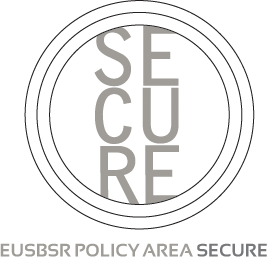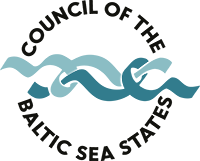About Me
Product design is the process of transforming an thought or concept right into a functional, tangible product that meets the needs of users. It blends creativity with technical know-how, turning abstract thoughts into objects folks can use and benefit from. Whether or not you’re designing a physical product or a digital resolution, the journey from idea to reality entails several key stages. In this guide, we will walk you through the steps involved in successful product design.
1. Understanding the Problem
Step one in any design process is understanding the problem you’re trying to solve. Before jumping into sketches or prototypes, it's crucial to do intensive research. This contains defining the consumer pain factors, identifying the target market, and understanding the competitive landscape. By gathering insights from potential users, market trends, and business standards, designers can set up a stable foundation for the project.
This stage involves conversations with stakeholders, conducting surveys or interviews with real users, and reviewing current products. The goal is to realize a complete understanding of the wants and challenges confronted by the people who will ultimately use the product.
2. Ideation and Concept Development
After getting a deep understanding of the problem, it’s time to brainstorm potential solutions. Ideation is where creativity takes center stage. Designers and engineers collaborate to discover a range of possibilities, sketch ideas, and start visualizing how the product might look and function.
During this stage, it's necessary to think outside the box. The goal is to generate quite a lot of ideas without worrying about feasibility just yet. Brainstorming periods typically embody sketching, mind-mapping, and utilizing different artistic methods to discover totally different directions. At this stage, no idea is too far-fetched.
After generating a list of ideas, the following step is to slim them down primarily based on factors similar to consumer wants, cost-effectiveness, and technical constraints. This is the place designers start to assess which ideas have the potential to achieve success and align best with the project’s objectives.
3. Prototyping
As soon as a promising idea has been chosen, the following part is prototyping. A prototype is a preliminary version of the product that permits designers to test their concepts in the real world. This stage is crucial for identifying potential flaws, improving functionality, and refining the design before moving forward.
Prototypes come in many forms, from simple paper models and 3D-printed objects to digital wireframes and interactive mock-ups. The key is to build something tangible sufficient to gather feedback but versatile enough to make changes quickly.
Prototyping typically includes iterative testing, where the design is constantly refined based on user feedback and testing results. The goal is to get closer to a functional model of the product while still permitting room for adjustments and improvements.
4. Testing and Validation
Testing is a vital part of the product design process. In this stage, the prototype is put through its paces by real customers to determine any usability issues and ensure it performs as intended. This can contain usability testing, A/B testing, or focus teams, depending on the character of the product.
The feedback gathered during testing can reveal critical insights about how the product meets the customers' needs, what works well, and what wants improvement. The product might go through a number of rounds of testing and refinement before it’s ready for the subsequent step.
In addition to usability, designers also test the product’s durability, safety, and compliance with industry standards. For physical products, this can involve mechanical testing, while for digital products, it may include performance and security testing.
5. Final Design and Manufacturing
Once the design has been refined and validated, it’s time for the ultimate design phase. This is the place designers work carefully with engineers to ensure the product is manufacturable and meets all technical requirements. For physical products, this involves creating detailed specs for supplies, dimensions, and production methods.
For digital products, this part includes the development of the ultimate interface and guaranteeing that the code is optimized for performance, scalability, and security.
Within the case of physical products, the final design is then despatched to manufacturers who produce the product in bulk. For digital products, the development team begins the process of coding and making ready the product for launch.
6. Launch and Post-Launch Analysis
The final step in the product design process is the launch. This is where the product is launched to the market and made available to consumers. Whether or not through physical retail stores or on-line platforms, launching a product entails marketing, distribution, and buyer support.
Even after the launch, the product design process doesn't end. Post-launch analysis includes gathering feedback from customers, tracking product performance, and monitoring person experience. Any points that come up may lead to future iterations or updates.
Conclusion
Product design is a dynamic and iterative process that takes a product from initial idea to ultimate reality. It requires a balance of creativity, research, technical skills, and user feedback. By following a structured, step-by-step approach, designers can create products that not only meet person needs but in addition stand out in the market. The journey could also be long, but it’s ultimately rewarding when a well-designed product efficiently enhances the lives of its users.
If you are you looking for more in regards to design resources visit the web page.
Location
Occupation





